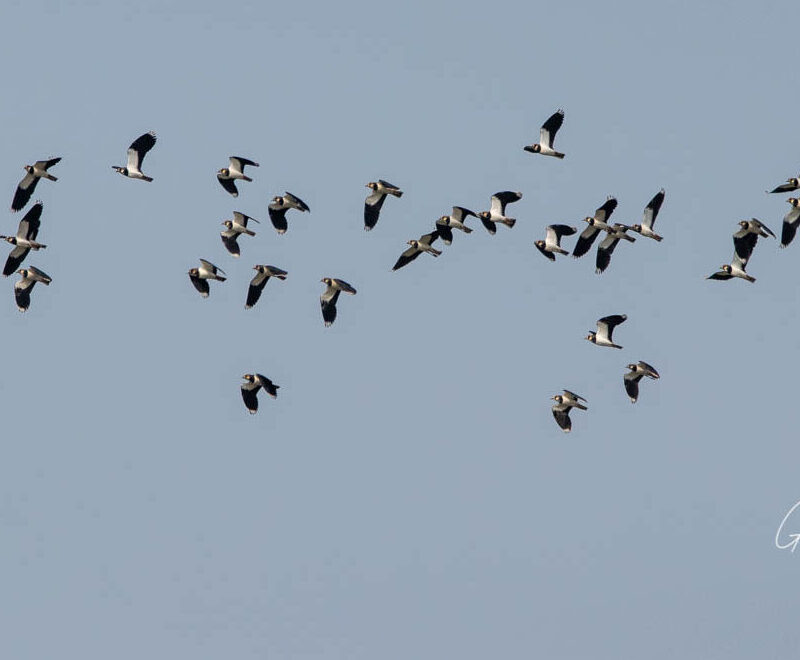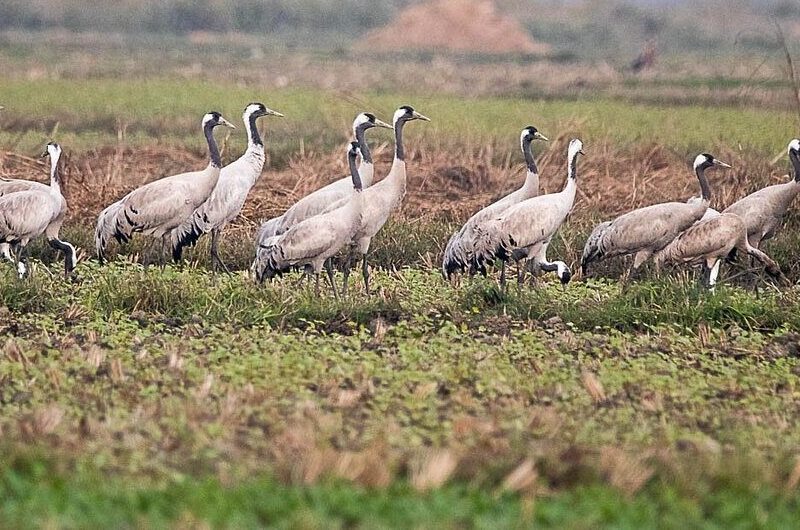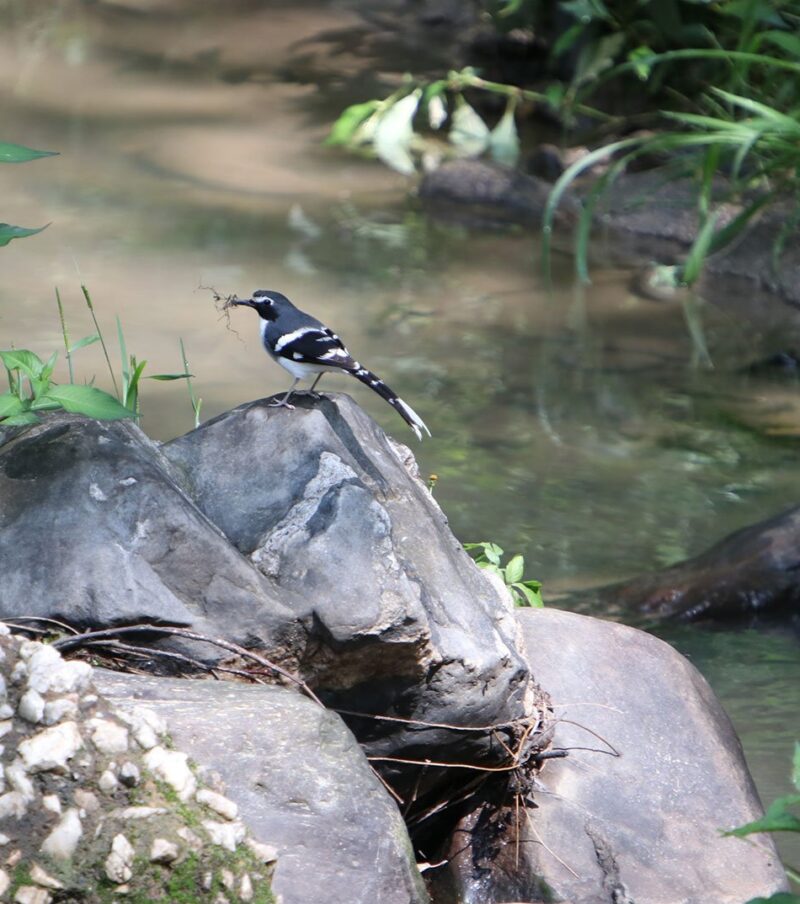Bird-watching in Nepal
The Bird Watching In Nepal – Globally, Nepal is well known for comprising diverse avifauna, almost 9% of the world’s bird species. Nepal is small, but due to the variation in elevational gradients within a short distance and its meeting place of different biomes, it supports a large number of bird species. Although ornithological studies date back to 1793, more comprehensive studies were performed by Brian Hodgson between 1820 and 1843. After a long time, contributions were made by S. D. Replay, D. Proud, Flemings, etc. Fleming et al. 1976 first field guide on birds of Nepal. A field ornithologist, Hari Sharan Nepali, and other ornithologists from around the world added their contributions. Further remarkable contributions were made by Carol and Tim Inskipp, producing the book A Guide to the Birds of Nepal in 1991. Dr. Hem Sagar Baral, a Nepalese ornithologist and different field ornithologist, further continued in bird research in Nepal. A Field Guide to Birds of Nepal by Grimmett et al. (2000) is available for bird identification and study.
Bird species and Protected areas of Nepal
At present, 901 bird species have been identified in Nepal, comprising 16 Orders and 68 Families in Nepal. Around 62% of birds are primarily residents, 14% are winter visitors, 12% are passage migrants, 6% are summer visitors, 5% are residents and migrants, and 1% are summer and winter visitors. The Spiny Babbler (Turdoides nipalensis) is the only endemic bird species in Nepal. 172 species were assessed as nationally threatened; globally threatened, 42, and 9 species were already extinct in Nepal. Similarly, 27 Important Bird Areas (IBAs) are identified in Nepal, which support a large number of bird species. Important Bird-watching Areas in Nepal.
Nepal has the best diversity
Bird Watching in Nepal! Nepal has one of the best bird diversities and varieties of species, and also altitude-wise, absolutely lot of differences and diversities from 70 meters to the world’s highest mountain, Mt. Everest, 8,8848 meters. The best diversity and habitats are in Nepal. In the lowland, grassland, and farmlands, in mid hills, subtropical forest, and in highland or mountain valleys, are drier. There are two migration seasons in Nepal: Summer and Winter migrations. But there are passage migrations quite a lot. Likewise, for a few years, Nepal has had many vigrant species too. Which is very interesting and good for an ornithologist as well as the country. So, Nepal is one of the best places for Bird watching spots. Nepal has established six conservation areas,12 national parks, one wildlife reserve, one hunting reserve, and 13 buffer zones, contributing to a network of protected areas covering 23.39% of the country’s land. Himalayan Trails Trekking is always joining and helping to protect the Habitats and conserve the bird diversity. Also, we are partners with different bird societies and Bird Conservation Nepal
Importance









